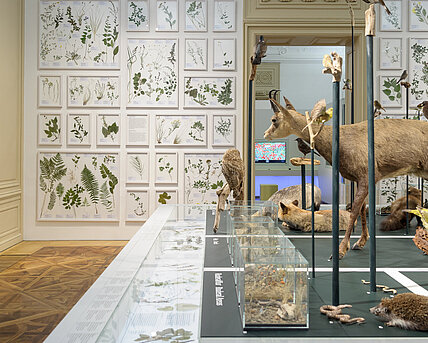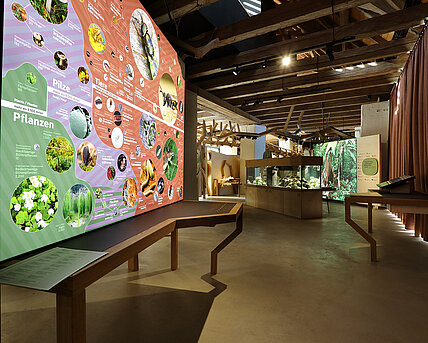All programme items
Currently in the program
Crystals of fire and rock
Highlights from the Werner Kogler Collection
Natural History Museum
16.05.2025 - 09.04.2026
Fascinating Treasures
Naturally collected
Natural History Museum
27.09.2024 - 01.02.2026





















